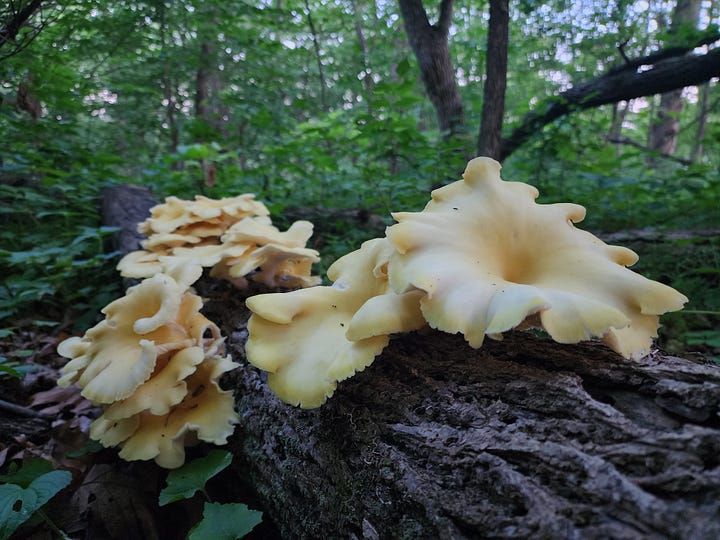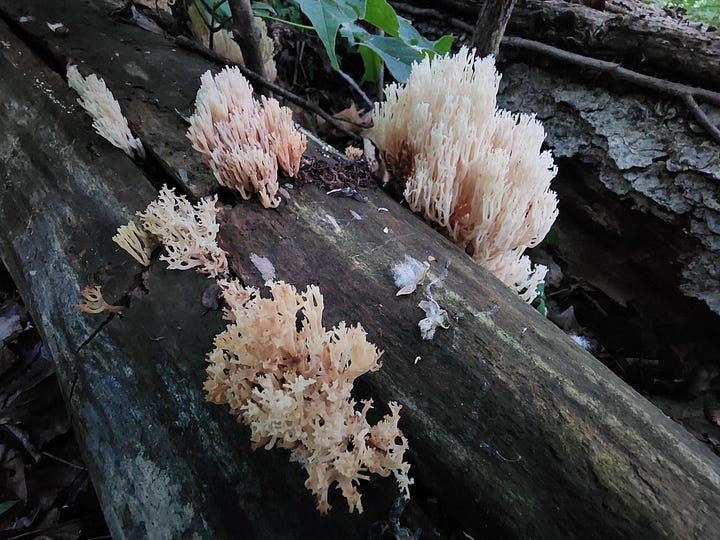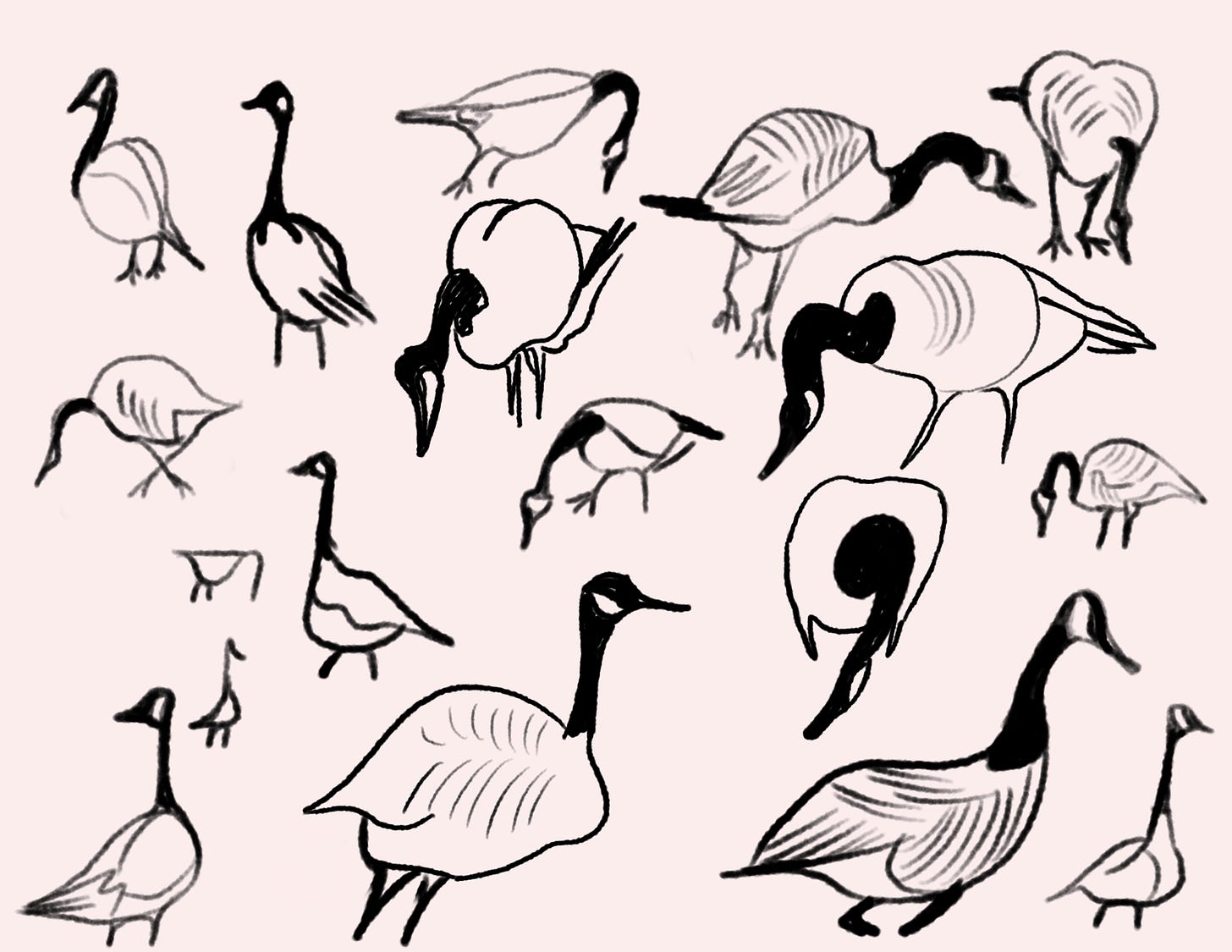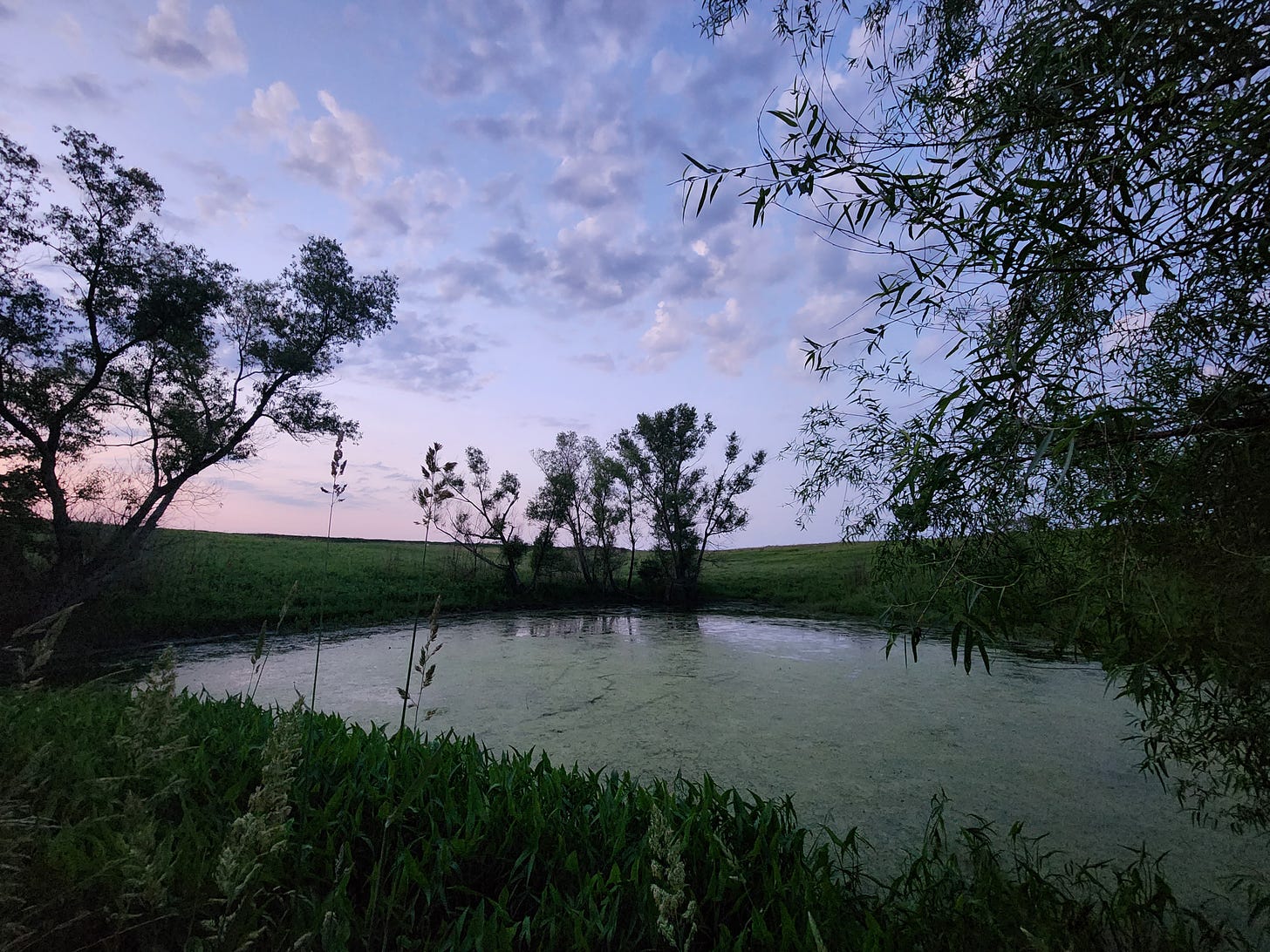Canada Geese. @ 2023 by Asa Leonard
In the founding myth, a Goose spoke to the Arikara as follows: I will go to the edge of the big rivers. When it is time for you to prepare something for me to eat, I shall return. When I shall have come back, you may proceed with your garden work, and you will be sure of success.” That is why the geese always came in the spring, when the sowing began, and why they departed after the harvest.
Geese are recognized as being especially attuned to the weather and are able to predict changes. The Blackfoot say that when the geese are flying high it is a signal that winter will come early. (The Winged: An Upper Missouri River Ethno-Ornithology).
Geese are also used as clan animals in some Native American cultures. Tribes with Goose Clans include the Chippewa tribe (whose Goose Clan is called Nika or Owewe), the Tlingit, and the Pueblos of New Mexico. Goose is an important clan crest in some Northwest Coast tribes, and can sometimes be found carved on totem poles. The beauty of flying geese is admired by many tribes, and "wild goose" is a popular girl's name in some communities.
Last post I asked readers if they could identify the frog vocalization at about eight seconds in by the pond above, that repeated several more times in the audio below.
Pete Eyheralde, a professor of biology at nearby William Penn University in Oskaloosa tells me that the “barking” sound is the call of a male green frog (Lithobates clamitans), and that the clicking noises are made by cricket frogs (Acris blanchardi). Thanks Pete! Other biologists subscribing, please feel free to add any commentary you would like. It would be nice if this newsletter were used to discuss the flora, fauna, and more of the area.
Pete tells me that the critter below is the American Toad, the only toad found in Marion and Mahaska counties.
Of course, Violet the Dog had to see what I was doing laying on the ground.
Since I’m taking videos, here are a couple of squiggly critters. Biologists, help!
Pete tells me the top video is of a millipede, and I am still wondering about the bottom one.
And below is a green beetle. I’m wondering if it is a Tiger Beetle?


It appears that we have another batch of oyster mushrooms on the left, and on the right, are these coral fungi? They grow so remarkably fast. Both are close to the trail, and I swear they weren’t there Sunday morning about 6:00 a.m., but about the same time Monday morning, there they were. Boom! Mic drop…
I’m a member of the Iowa Writers Collaborative. Please sample the talents of my fellow collaborative members. If you can afford to be a paid subscriber, that would be great. If not, the vast majority of content is free. And here is a link to the Iowa Podcasters’ Collaborative, should you be interested. Check out my Substack Deep Midwest: Politics and Culture if you aren’t already a subscriber. My Iowa Revolution podcast with award-winning broadcaster Spencer Dirks can be found here.
After spending nearly 20 years in radio, I know a little about public relations, and have started a small consulting group and associated Substack called Better PR. You might be interested in what I have to share there. Thanks!






Hi Bob. Your amphibian film clip is an American toad (see the dark spots on the underside). It's rhe only species of toad found in Mahaska/Marion counties.
The caterpillar could be a sphinx moth.